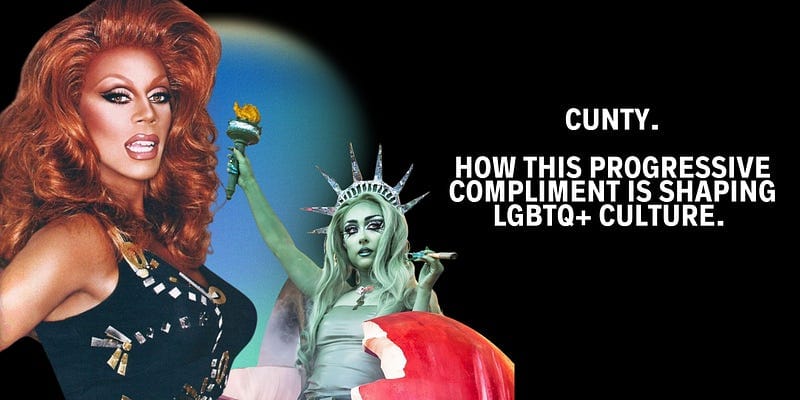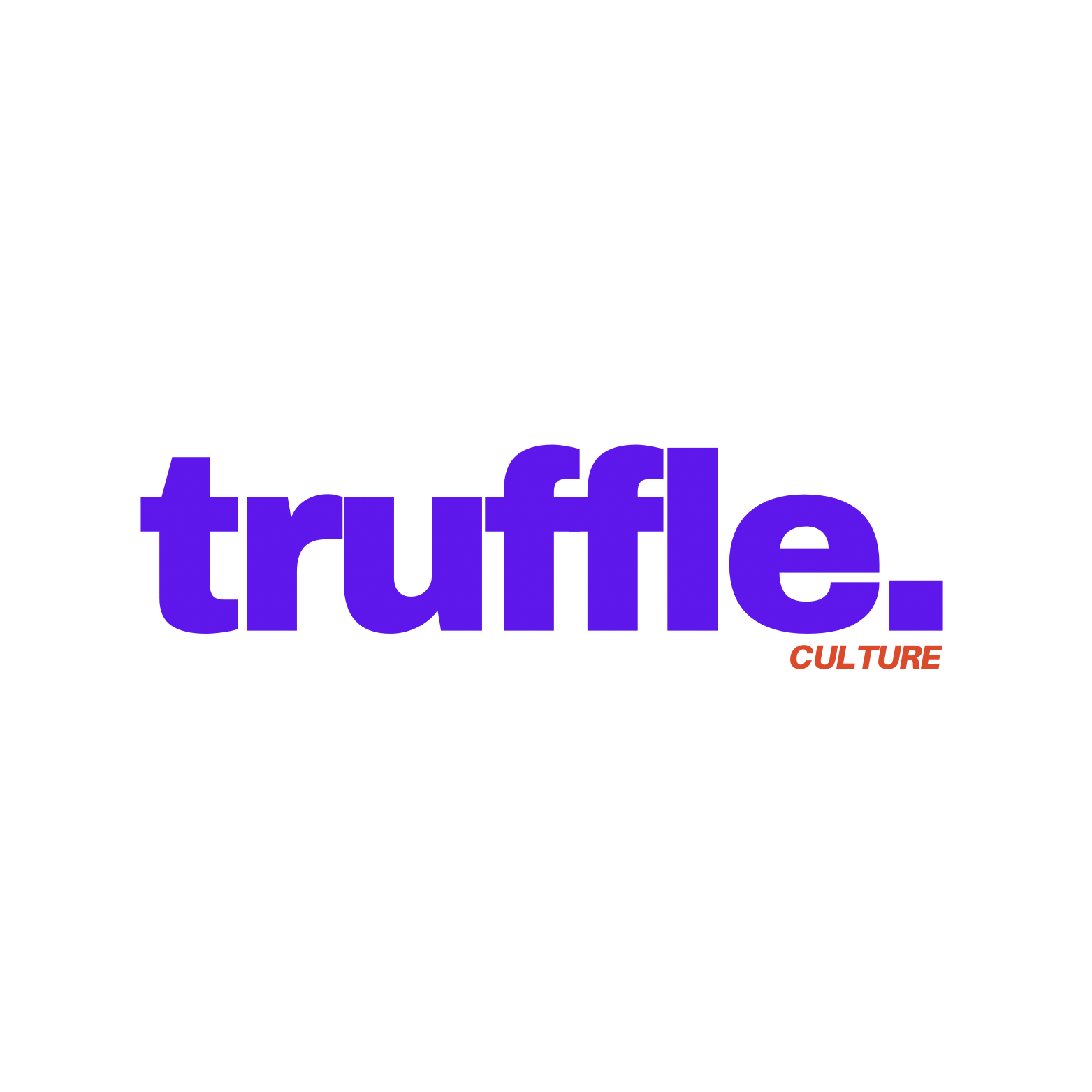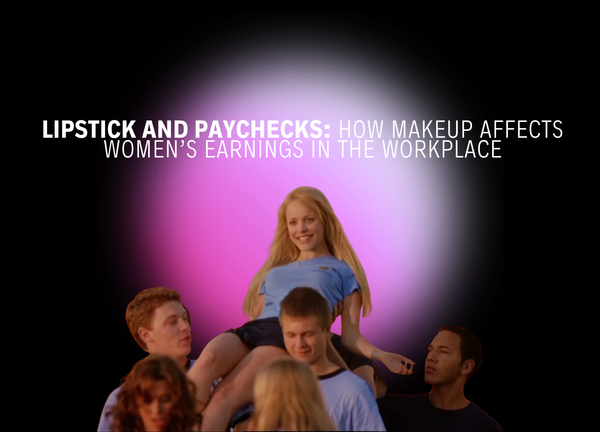Cunty. How this progressive compliment is shaping LGBTQ+ culture.
From Serving Cunt to Feeling Cunty: The Renaissance of a Much-Hated Word.

From Serving Cunt to Feeling Cunty: The Renaissance of a Much-Hated Word.
In a world where language constantly evolves, it’s rare for a word as divisive and controversial as “cunt” to make a comeback, but here we are. The word, once considered one of the most taboo and offensive terms in the English language, has found new life — especially in the queer community. From empowering declarations of confidence to becoming the ultimate compliment, “cunt” has undergone a transformation that few could have predicted.
This shift didn’t happen overnight. It was fueled by a series of pop culture power moments that have lit a fire under the queer community, empowering gals, gays, and they’s through a cultural revival. Beyoncé’s ballroom-inspired album Renaissance gave the word a powerful stage, while Emmy Award-winning RuPaul’s Drag Race made it a staple in the vocabulary of queens worldwide. And who could forget the iconic viral video by Chappell Roan that had everyone talking? Queer language has not only taken root in the day-to-day vocabulary of Gen-Z, but it’s also spreading like wildfire across TikTok, where queer vocabulary is designed to uplift, motivate, compliment, and empower a generation of queer and non-queer folk alike.
But let’s address the elephant in the room: How has the word “cunt” — a term historically shrouded in controversy — become one of the utmost compliments someone could receive? Well, to understand that, we need to dive into its history, literally.
The word “cunt” dates back to the Middle Ages and makes appearances in English texts as early as the 13th century. Back then, it wasn’t the social grenade it is today. In fact, it was simply an anatomical reference to female genitalia, free of the negative connotations it would later acquire. It was only over centuries of shifting cultural norms and the rise of prudish attitudes that the word took on its offensive edge.
Fast forward to the 21st century, and we’re witnessing a radical rebranding. The queer community, ever resourceful, has reclaimed the word, flipping its meaning on its head. Today, “serving cunt” isn’t an insult — it’s high praise. It’s about owning one’s power, exuding confidence, and stepping fully into one’s truth.
So, what’s driving this renaissance? It’s a mix of cultural moments and the sheer force of queer creativity. Beyoncé’s Renaissance album brought ballroom culture — and its unapologetic use of “cunt” — into the mainstream, while RuPaul’s Drag Race continues to teach millions how to embrace their inner diva. On TikTok, the term has become a shorthand for a certain type of fierce, unbothered confidence. In short, it’s a vibe.

This revival isn’t just about reclaiming a word; it’s about empowerment. It’s about taking something that was meant to demean and turning it into something that uplifts. It’s about owning language and, by extension, owning one’s identity. For a generation that values authenticity and self-expression, “cunt” has become more than just a word — it’s a statement.
So, next time you hear someone being called “cunty” with a smile on their face, know that it’s the ultimate compliment, born from a cultural shift that’s redefining what it means to be powerful, confident, and unapologetically yourself.





